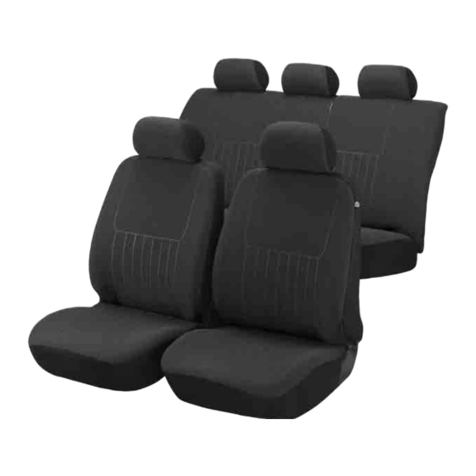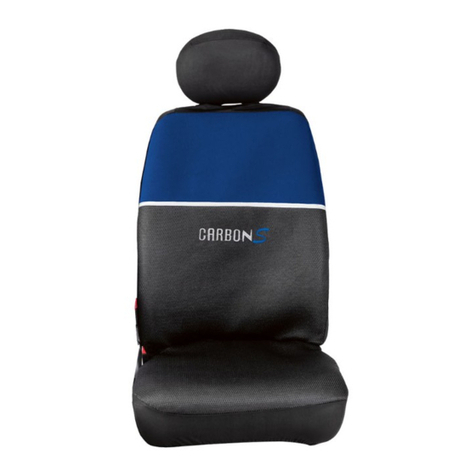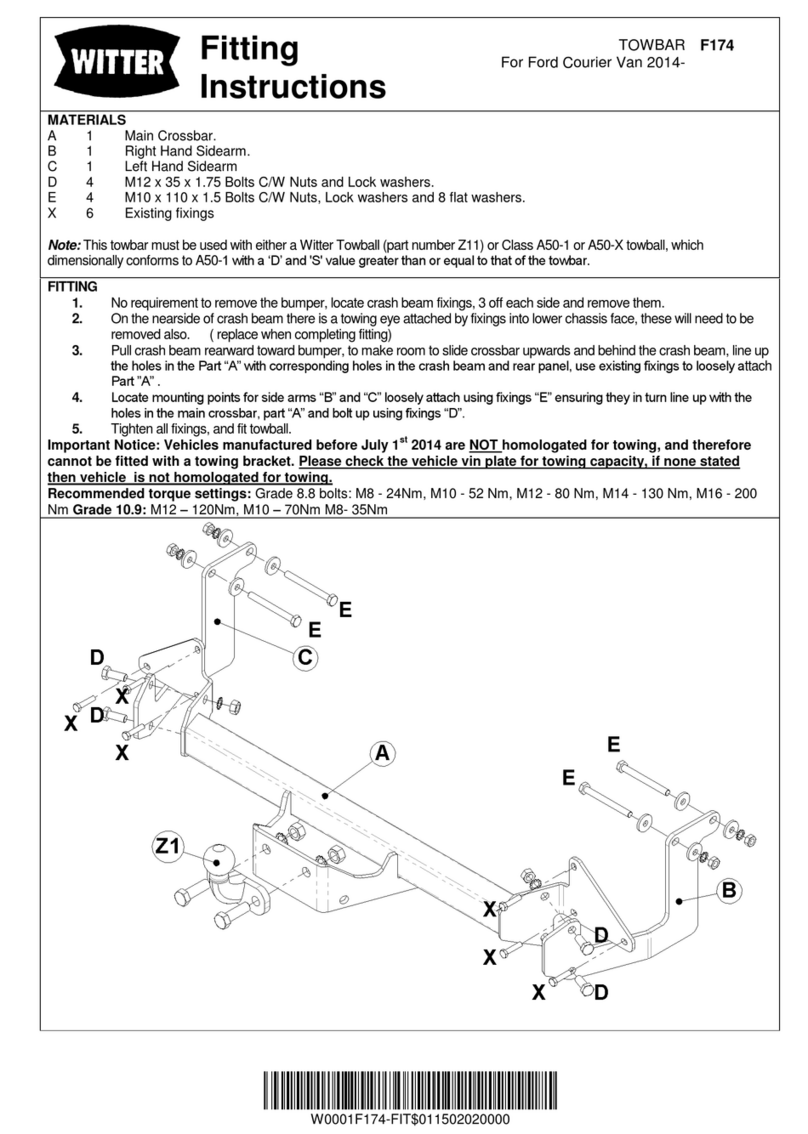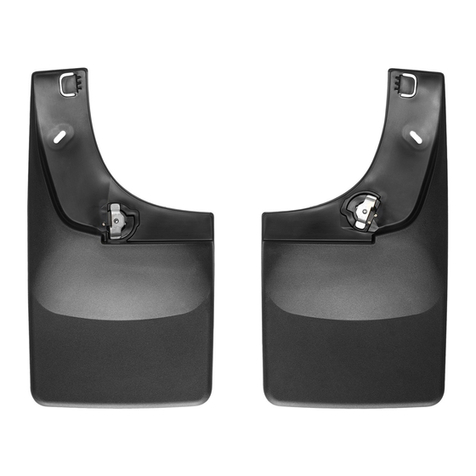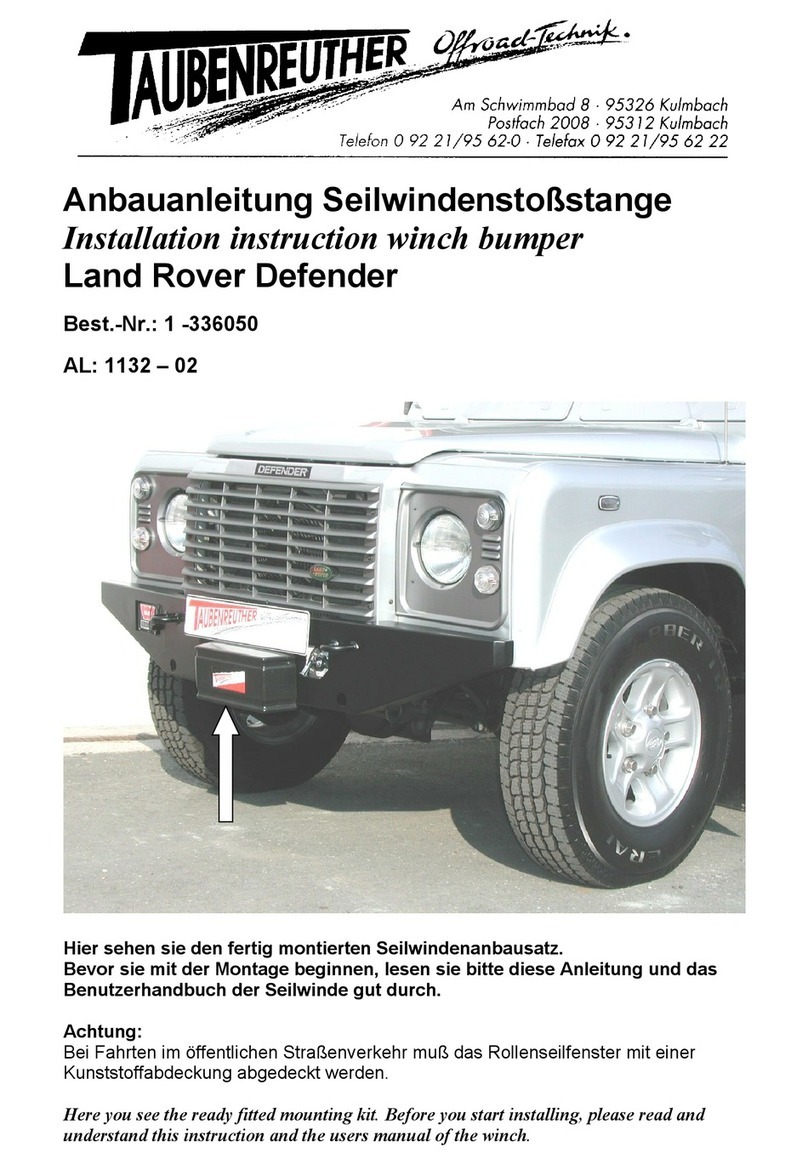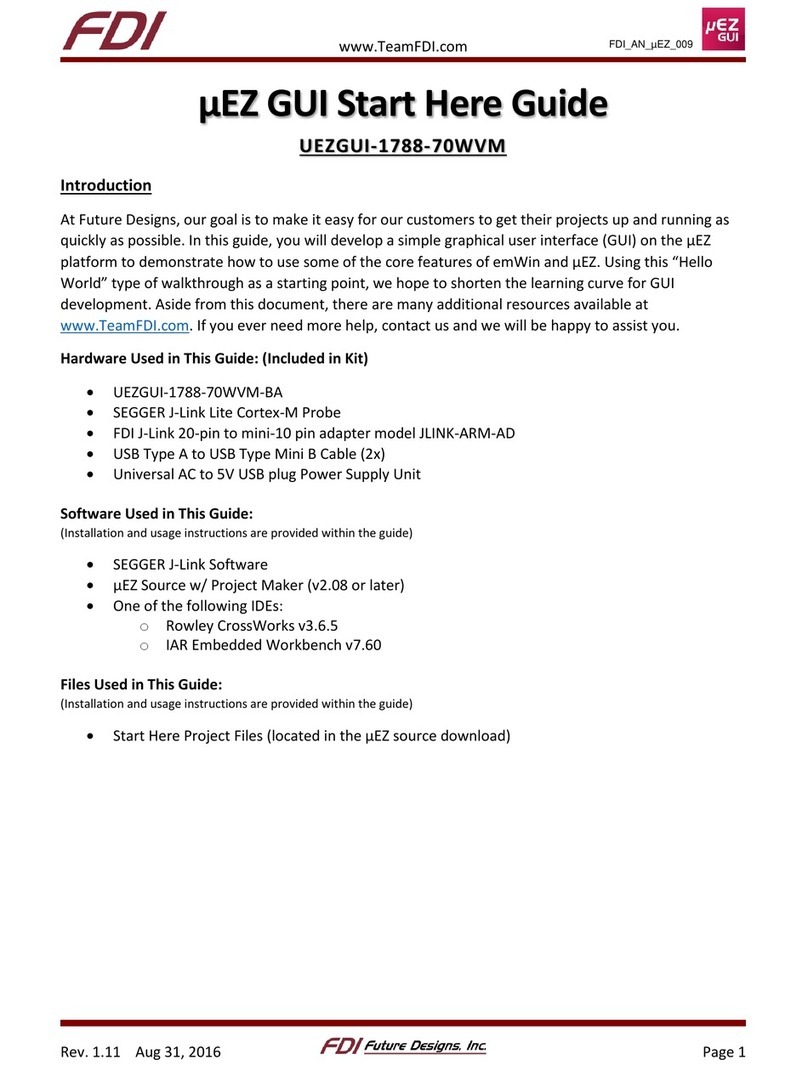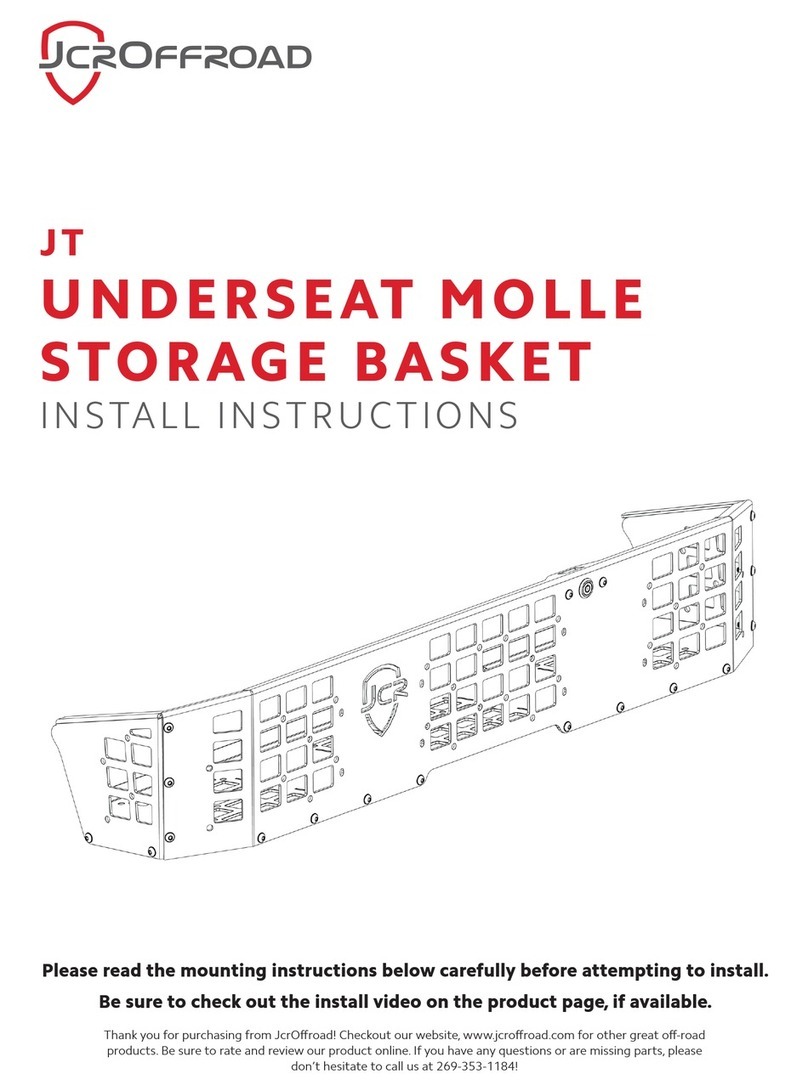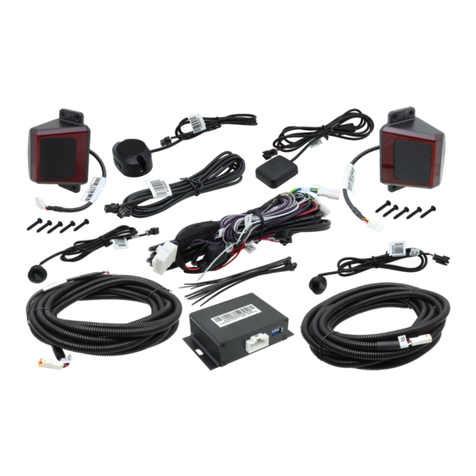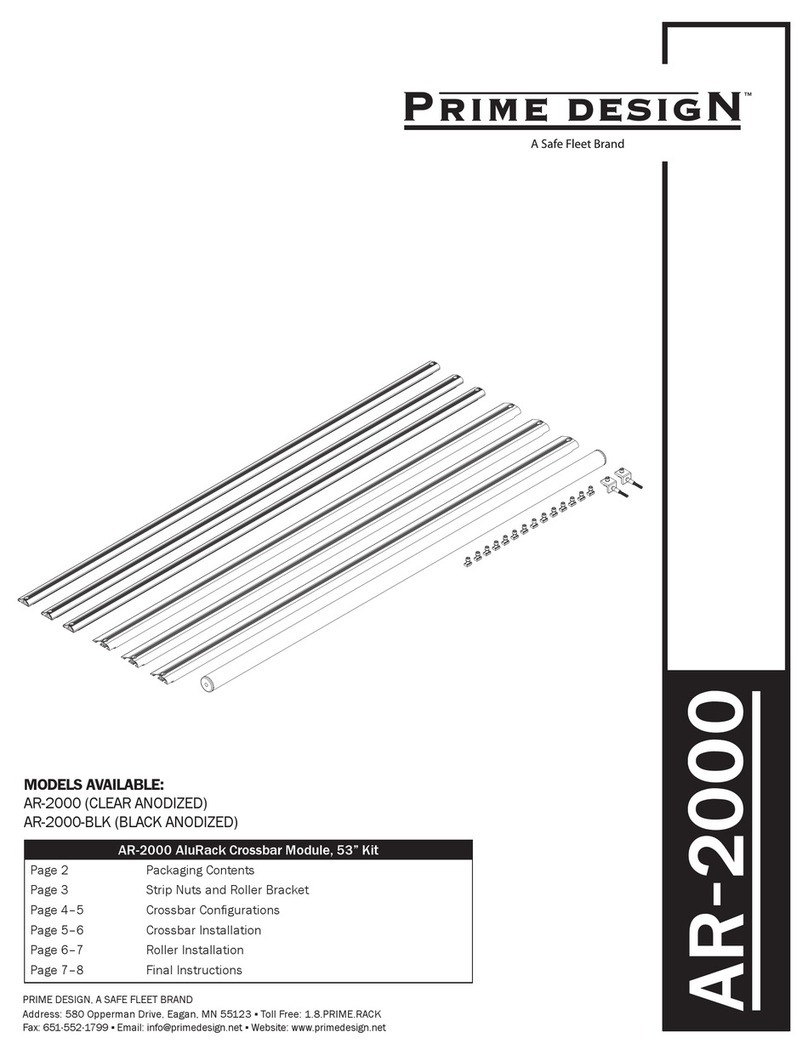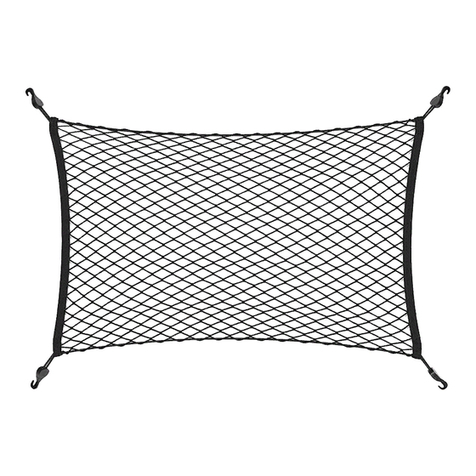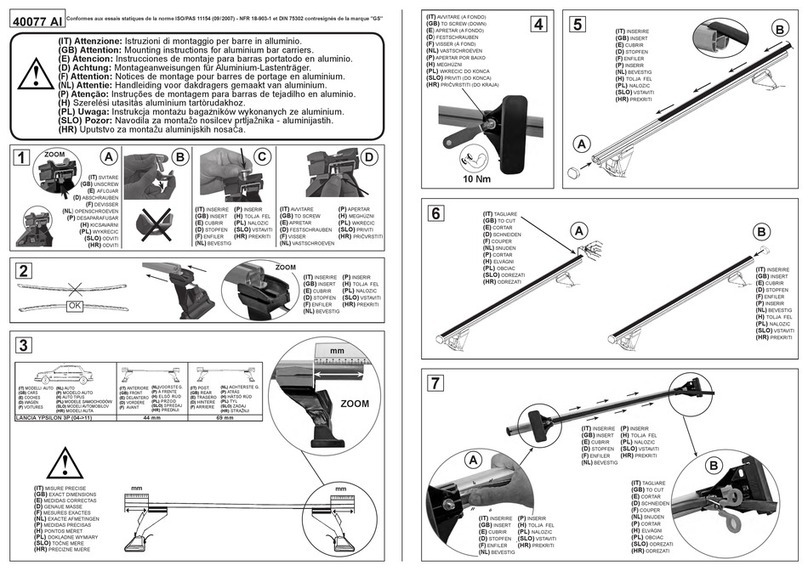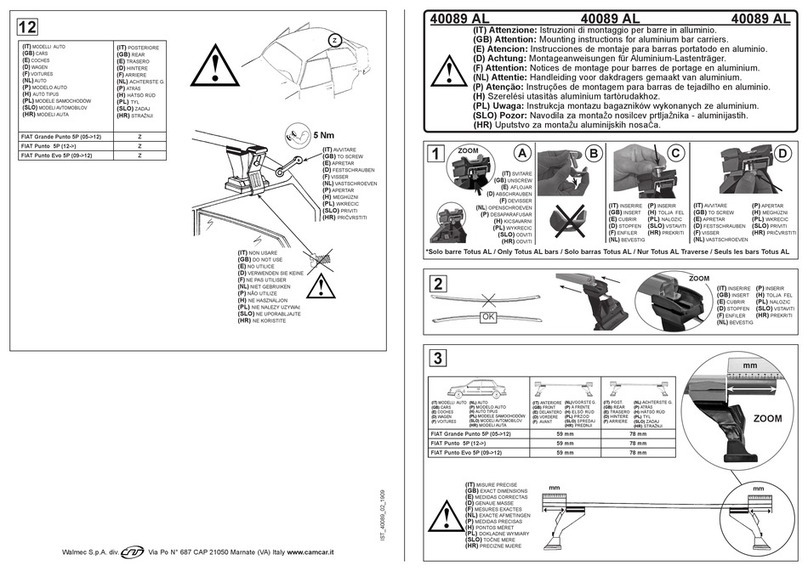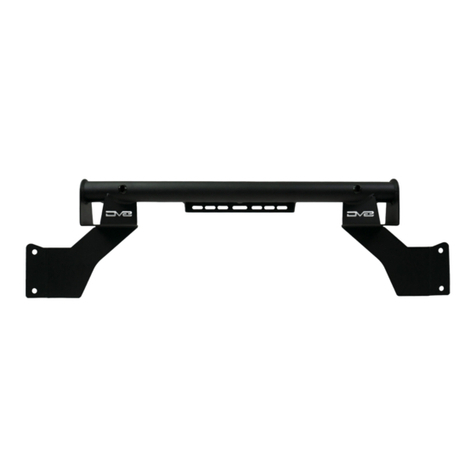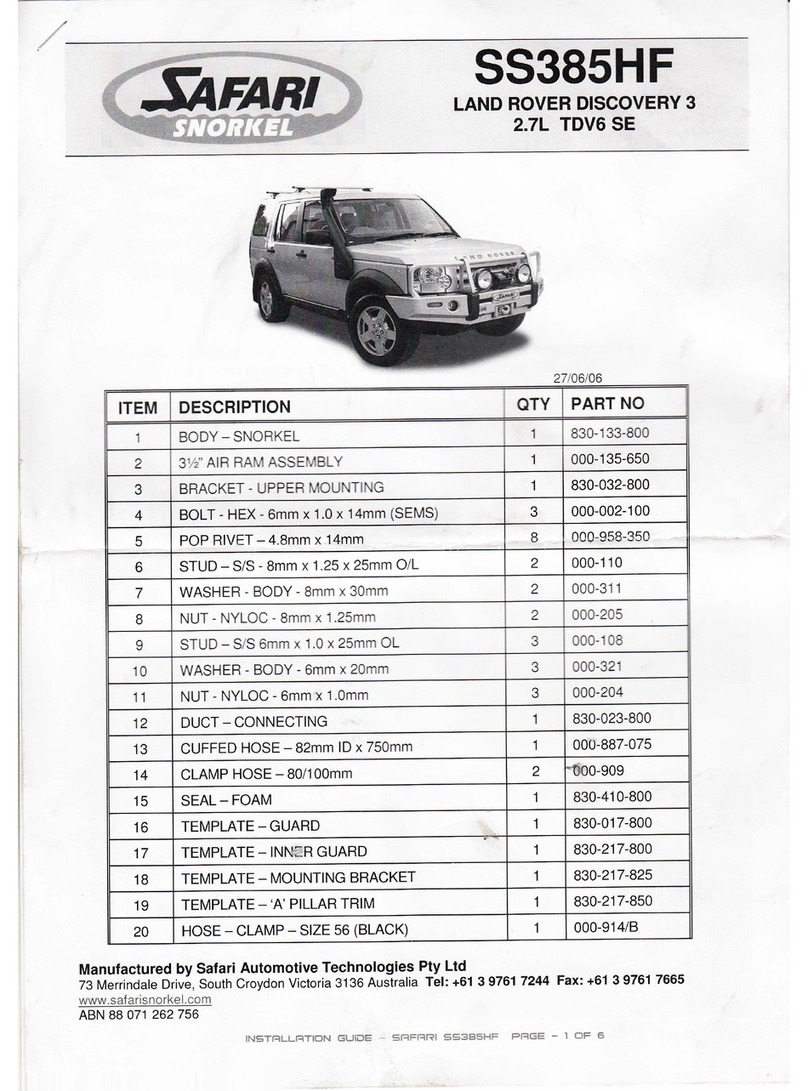
“Pittsburgh Power” operating instructions
All driver interaction will be done through the remote unit. You will have ten different power
level settings starting at level zero. Each level above zero will add approximately 20 horsepower
to your stock setting for a total of 175* additional ponies. The level setting can be changed at
any time under any type of driving condition.
If you turn the key on and the remote displays more than a few pounds of manifold
pressure do not start the engine. Check to make sure you plugged into the correct
boost sensor described above. If you are sure you are plugged into the correct sensor,
call tech support.
The remote also displays important monitoring information. It will show, in real time, exhaust
gas temperature and manifold pressure. If the exhaust gas temperature (EGT) rises above 1300
degrees the “Pittsburgh Power” will start to cut the power back in order to maintain a safe
operating condition. The DD III engine has a limitation of 34LBS of manifold pressure on the
display unit. If you are making more than 34LBS the display unit will not show a higher
reading. This is a limitation of the boost sensor on this engine. It is highly recommended that
you have a mechanical gauge to read the proper boost that might be obtained above this
limitation.
On the front of the ECU there are 6 LED's and an on-off switch. The LED's indicate when
cylinders 1 through 6 are firing with enhanced power and will blink with every power stroke of
the engine ONLY WHILE UNDER LOAD . They will also get brighter as more power is
applied. If you have a miss that is ECM or “Pittsburgh Power” related you may be able to
tell what cylinder it is. The corresponding light for the problem cylinder will not light while
under load. If the miss is downstream from the ECM or “Pittsburgh Power” the light will
still blink. This could indicate a possible problem with an injector or an internal engine
malfunction.
The yellow MAP light is an indicator that the “Pittsburgh Power” is seeing a signal from the
boost sensor and will get brighter with higher manifold pressure readings. The red power light
indicates whether or not the switch is turned on.
Use the on-off switch to enable or disable the unit. With the switch turned off, no power will be
added regardless of where the remote is set. The display on the remote will continue to function
normally in both modes.
NOTE: All of the lights on the ECU are important when diagnosing any type of issue. If you are
going to call tech support, please have the information about what the lights are doing handy.
